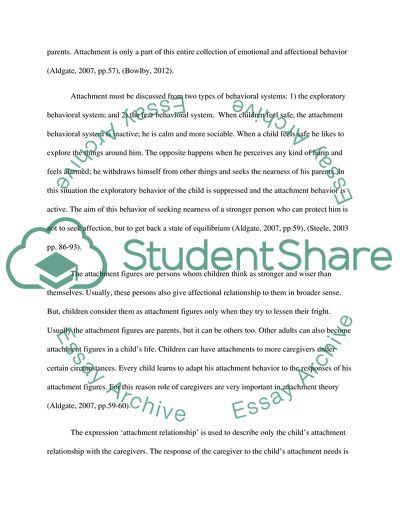Cite this document
(Attachment Theory and Its Value for Social Work Term Paper, n.d.)
Attachment Theory and Its Value for Social Work Term Paper. Retrieved from https://studentshare.org/education/1801905-describe-and-evaluate-attachment-theory-and-assess-its-value-for-social-work
Attachment Theory and Its Value for Social Work Term Paper. Retrieved from https://studentshare.org/education/1801905-describe-and-evaluate-attachment-theory-and-assess-its-value-for-social-work
(Attachment Theory and Its Value for Social Work Term Paper)
Attachment Theory and Its Value for Social Work Term Paper. https://studentshare.org/education/1801905-describe-and-evaluate-attachment-theory-and-assess-its-value-for-social-work.
Attachment Theory and Its Value for Social Work Term Paper. https://studentshare.org/education/1801905-describe-and-evaluate-attachment-theory-and-assess-its-value-for-social-work.
“Attachment Theory and Its Value for Social Work Term Paper”, n.d. https://studentshare.org/education/1801905-describe-and-evaluate-attachment-theory-and-assess-its-value-for-social-work.


